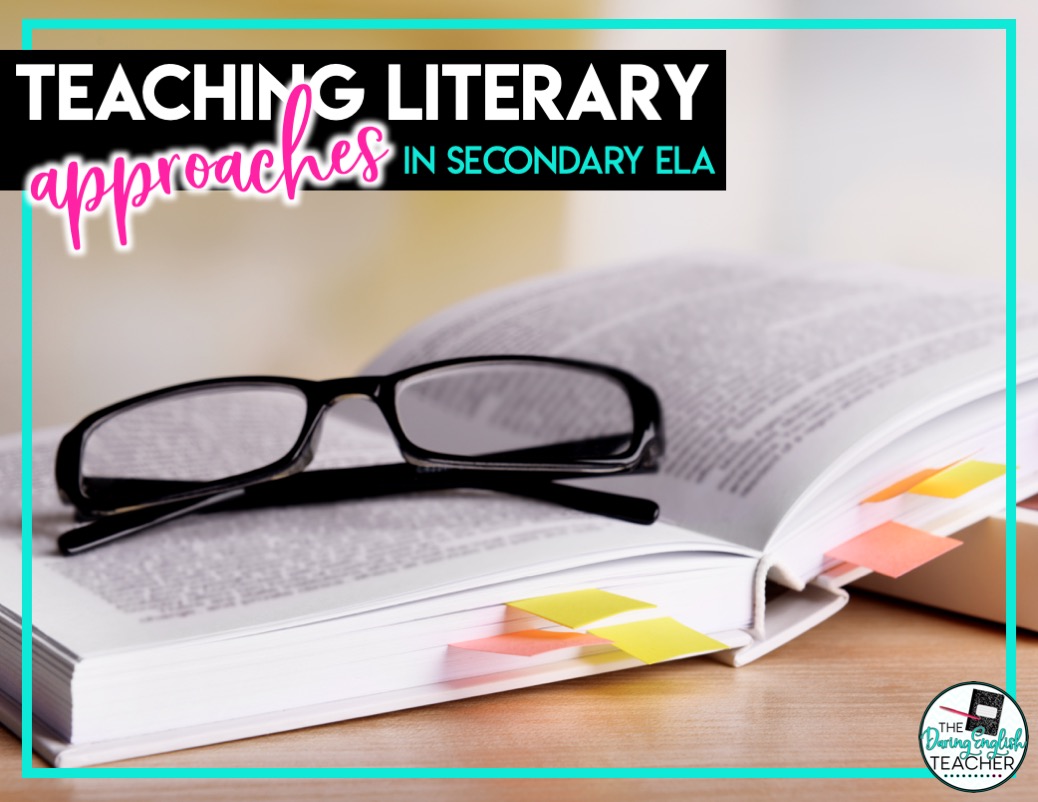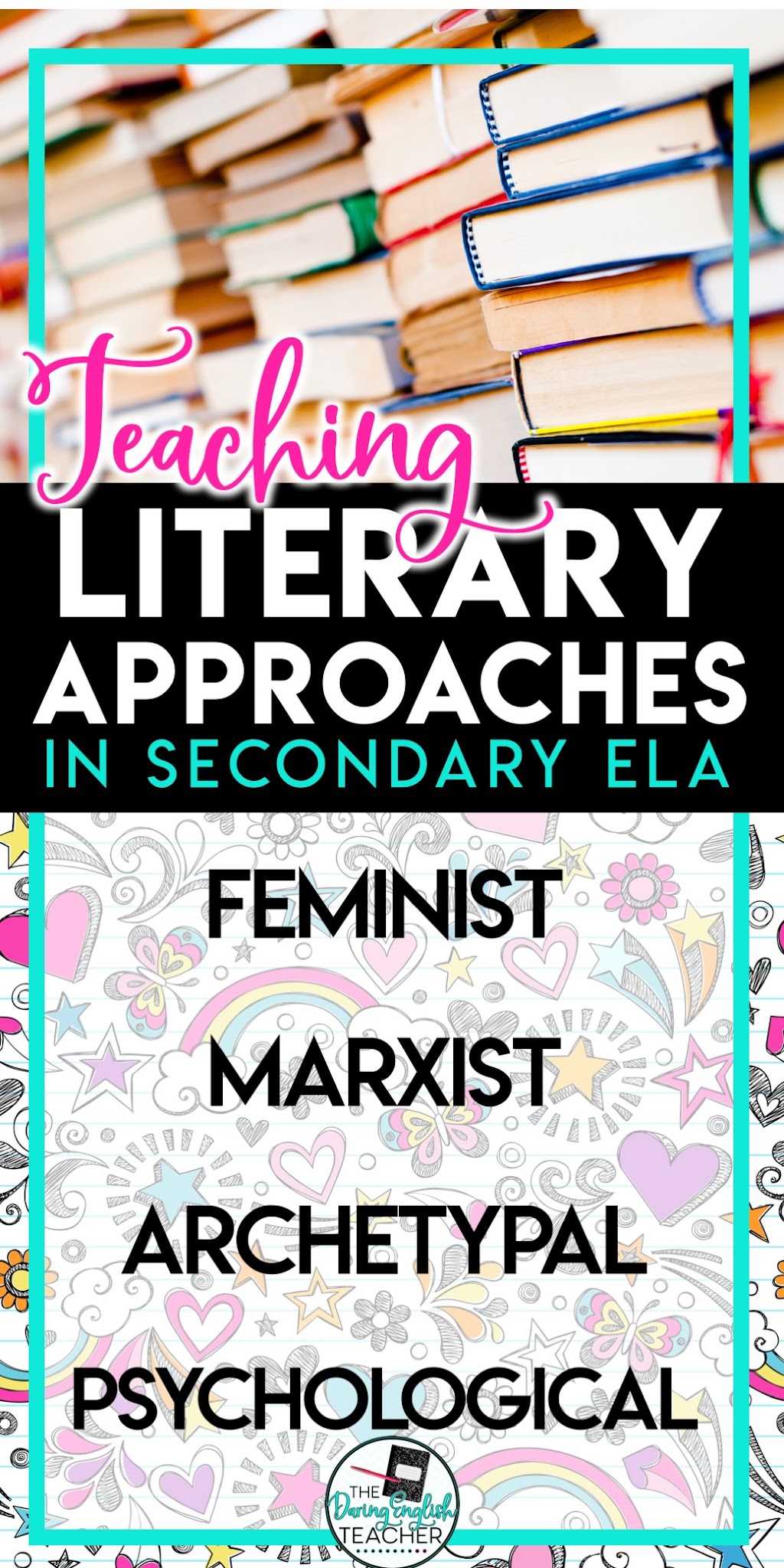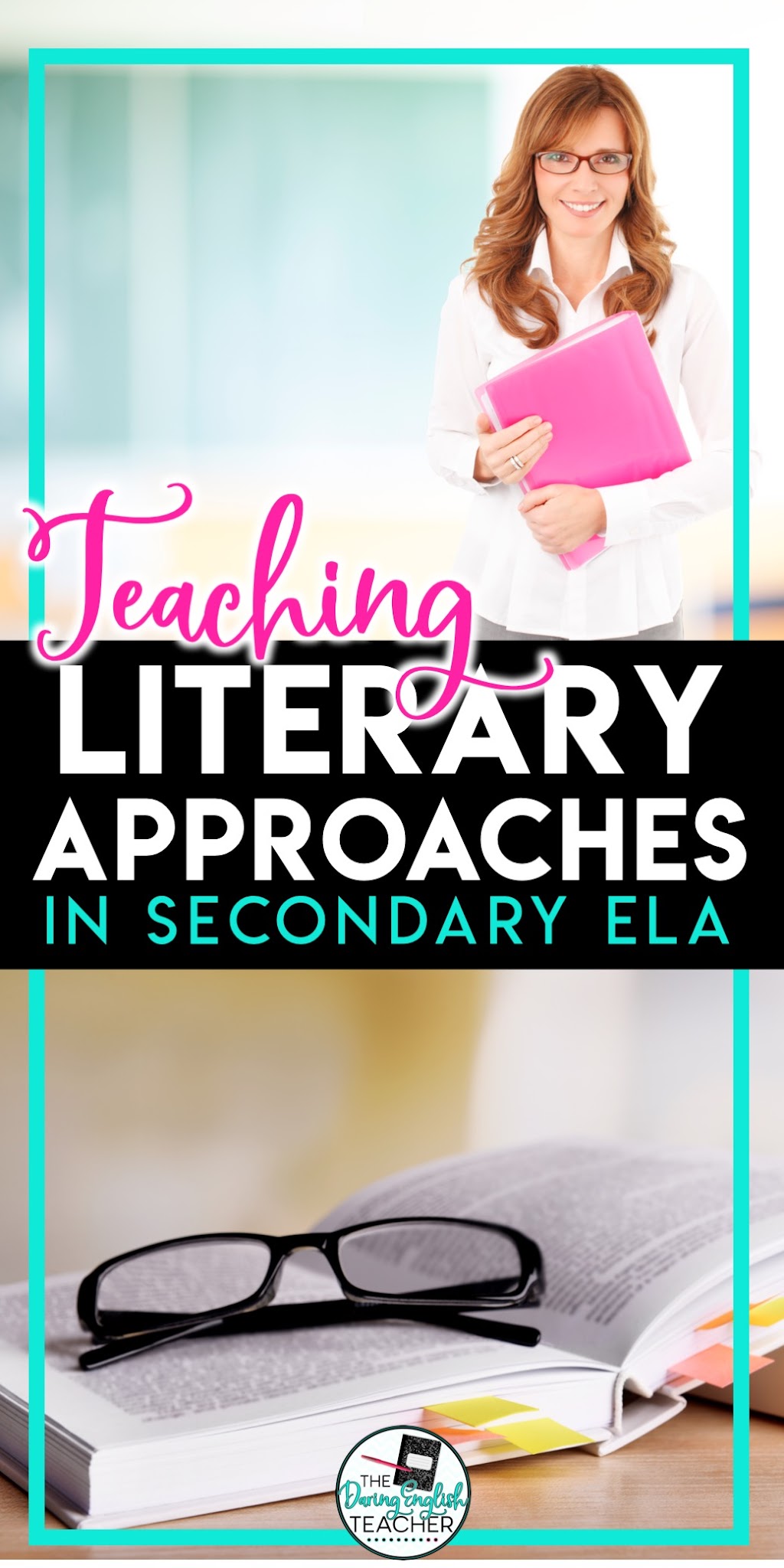When teaching literature to secondary ELA students, it is important to include and angle to approach to the novel. An appropriate approach to literature is necessary for any reader to understand and appreciate a text fully. For students, a lens matching the text can not only help their understanding of the reading but their general strength in English courses as well.
The following are four critical approaches to literature that will help students grow as readers as well as short-stories that students can read while learning about these approaches.
The Feminist Approach:
The feminist approach to literature encourages students to analyze the relationships between characters while considering gender roles. It highlights an existing hierarchy while forcing readers to consider the historical context of the piece. Feminist literature is an essential tool for readers and writers alike as it provides a voice while provoking personal reflection.
Students looking to analyze a short-story through a feminist lens should consider “The Story of an Hour” by Kate Chopin, and “The Hand” by Sidonie-Gabrielle Colette. Both stories encourage thought while providing unique perspectives on the relationship between men and women.
The Marxist Approach:
While the feminist approach analyzes the relationships between genders, the Marxist approach focuses on the relationships between different socio-economic groups. The Marxist Approach is a necessary approach because it provides an essential perspective on the conflicts of various works of fiction. While reading a short-story through a Marxist lens, students should look for economic divisions between characters and consider how this may affect the events of the story.
“Barn Burning” by William Faulkner is an American short-story that highlights how economic stresses can spur the conflict of a story. This short-story encourages readers to consider how economic factors could justify a character’s actions.
One of the most famous short-stories by an American writer is “The Lottery” by Shirley Jackson. While students can analyze this story through many different lenses, a Marxist approach may assist students in recognizing how the economic position of a whole town can have such a drastic outcome.
Finally, “Brownies” by Z.Z. Packer offers a unique perspective on the differences between varying socio-economic groups as well as race relations. The story is told from a young girl’s perspective and includes simple revelations that only the innocence of a child can offer. Students will be provoked to reflect on their own childhood experiences after reading this short story.
The Archetypal Approach:
An archetypal approach to literature is a fun way for students to recognize common themes, symbols, and character-types in literature. While learning about different archetypes, students will begin to understand how they are used throughout literature.
A good starting point for students learning about archetypal characters can be found in Washington Irving’s short story, “The Legend of Sleepy Hollow.” This story includes archetypal characters like the beautiful woman and the initiate-hero.
Additionally, “The Prophet’s Hair” by Salman Rushdie contains many archetypes while acting as an allegorical story. For students looking for further experience with this approach, “Rapaccini’s Daughter” by Nathaniel Hawthorne includes archetypes such as the damsel in distress, the beautiful garden, and the forces of good and evil.
The Psychological Approach:
Students with a background in psychology may find the psychological approach fun and exciting. This approach encourages readers to evaluate the forces within a character that drive him or her into action. Students with little experience studying psychology may also appreciate this perspective as they learn how conflict within a character can change the story significantly.
“Bartleby the Scrivener” by Herman Melville contains multiple characters with curious personalities. The psychological approach will push readers to question why and how each character makes his decisions. Additionally, “A Perfect Day for Banana Fish” by J.D. Salinger is a unique short-story that forces the reader to consider that mental state of its characters.
Resources:Teaching Literary Analysis




